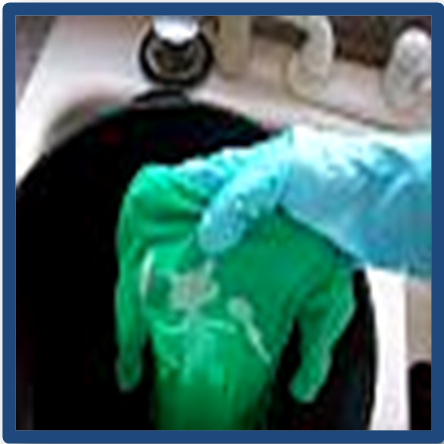
About
Batik 
"Batik" is Javanese for "wax writing". To batik, one starts with white or light colored natural fabric (cotton, rayon, silk), roughs in the design one wants then paints it on with hot wax. Once the wax dries, the fabric is dipped in or painted with cold-water dye. The waxed areas repel the dye; thus the term “resist process.” After the cloth is dyed, the wax is removed and voila, the batik pattern appears on both sides of the fabric, with crackly lines running through the design, characteristic of batik, where the dye has leaked through the wax. The fabric can be crunched up after the wax has been applied but before dyeing, to ensure that this crackling effect is achieved.
The art of batik may have originated in Asia and then spread through Asia and the Near East. Whatever its origin, it was a highly accomplished art form in Java and Bali by the thirteenth century, producing fabrics that only the royal family and aristocracy were allowed to wear.
Today most batik, including that imported from the Far East, is done by machine. Our batik is hand crafted, so no two pieces are exactly alike. Occasionally you may see little flecks or mottling of the dye on the fabric. These are not flaws, but are a function of the hand-waxing and dying process and the way cold-water dyes release on different materials. They are part of what makes our batik distinct.
| Simply Batik | What is Batik ? | Color Palette |
| About Us | Short Caftans & Shawls | Ladies' Play Dresses |
| Design Gallery | Onesies and Girl's Dresses | Children's T-Shirts |
| Scarves & Totes | T-Shirts for Women |